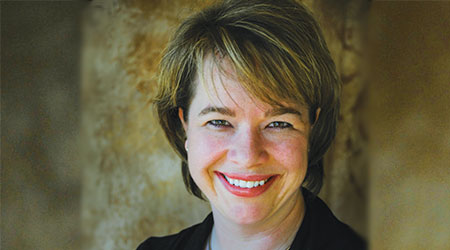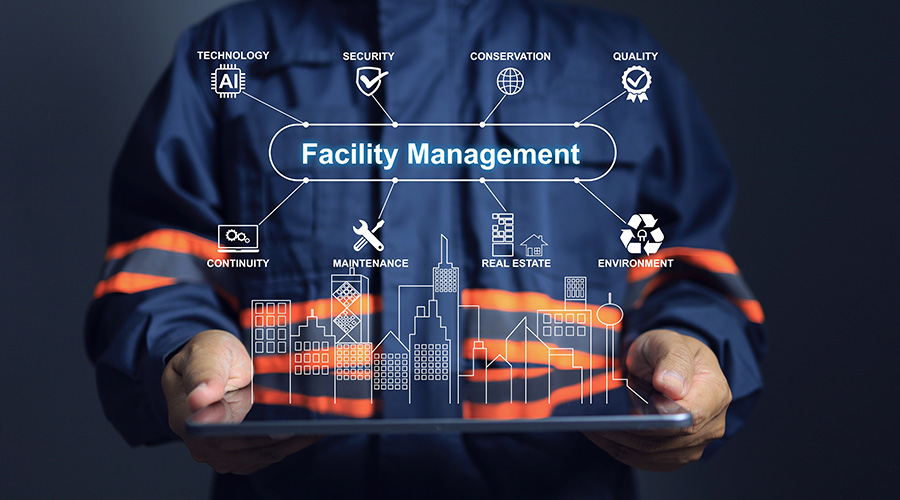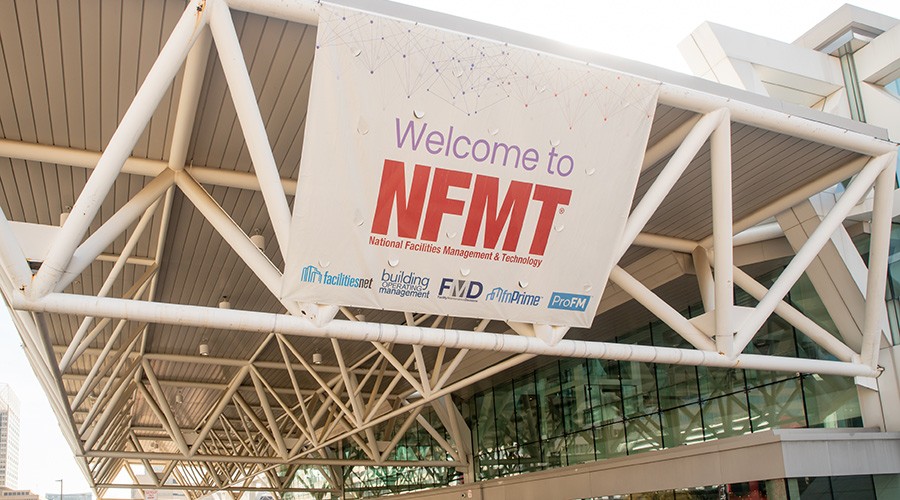7 Emerging Trends Changing Facilities
Laurie Gilmer discusses emerging trends affecting the way maintenance and engineering managers do their jobs
There is no question the world around us is changing, and it seems to be doing so at an increasingly faster pace. So how does one keep up? It’s helpful to observe the trends, so let’s look at a few we’ve seen in institutional and commercial facilities recently.
Adapting workspaces to people. Remember when the open office was the way of the future? We heard positive stories about how much more collaborative people could and would be in the open office. Hoteling spaces? They would provide swing spaces for workers who simply needed temporary desk space.
In reality, we now realize that a one-size-fits-all solution does not exist in the facilities environment. We are beginning to recognize that we need to understand the way people work – their locations, their neighbors, potential interruptions, and nearby amenities. Depending on their job functions, these factors affect their productivity, which in turn affects the bottom line. This trend has me thinking about adding cozy chairs and couches to create gathering areas, encouraging a flexible, collaborative work environment.
The need for training. In community colleges with facilities-related vocational training, we see more students with less technical knowledge than entry-level students of a decade prior. Yes, they might be able to run a smartphone and create an app, but they generally lack the ability to understand systems, the way they work, troubleshooting them, and more importantly, fixing and servicing them.
This situation affects in-house facilities technicians, as well as outsourced service providers. Our facilities need to operate efficiently to support core business functions, and for that, we need trained technicians who can deliver that outcome. Training programs, whether from education institutions, technical organizations, or volunteer-based industry associations, are rising in both need and demand.
Safety and security planning. With reported safety incidents on the rise, more facilities are looking at their safety and security plans, policies, and training programs. Schools might seem like obvious candidates for change, but municipal facilities also need to revisit their plans, given the increased interaction with a broad public audience that take place in those buildings. More companies are taking a critical look at safety. It’s a balance between maintaining the inviting nature of the organization with a robust means to reduce threats, minimize the risk of negative incidences, and keep occupants and visitors safe.
Related Topics:














